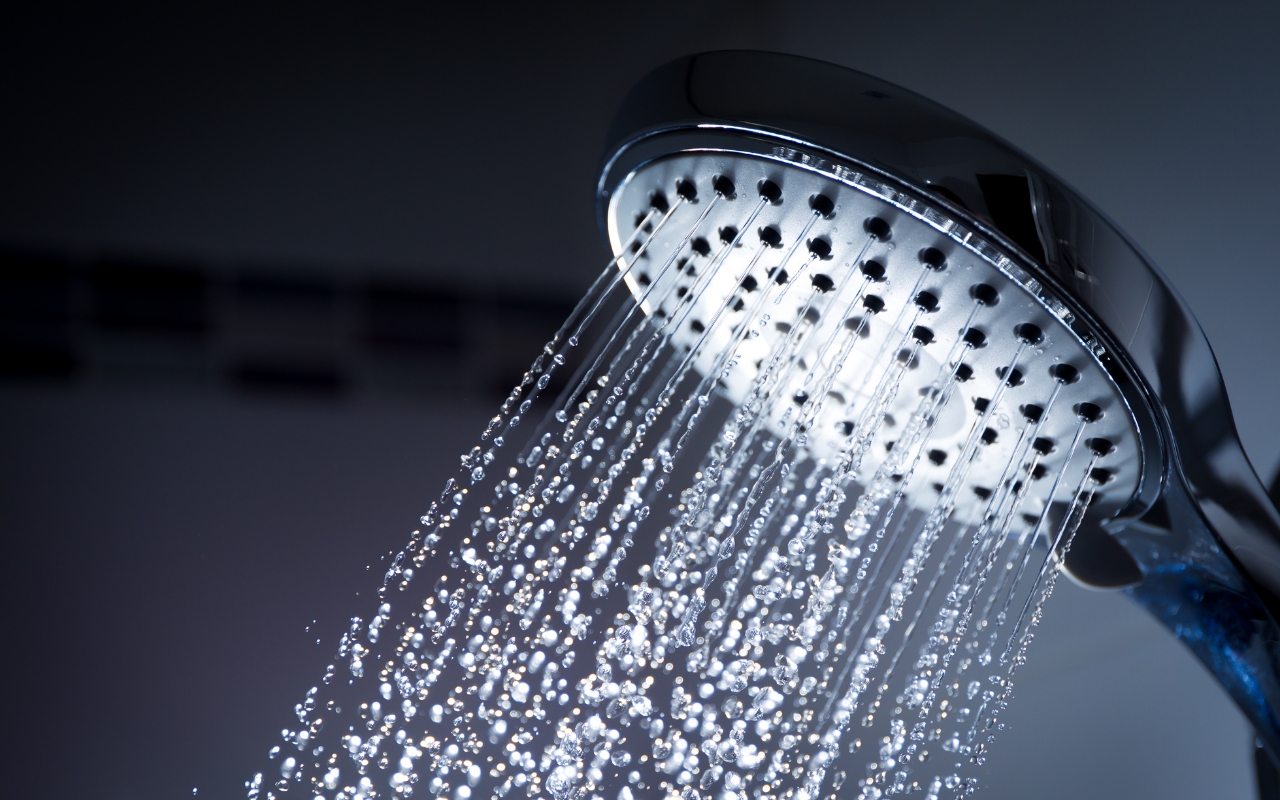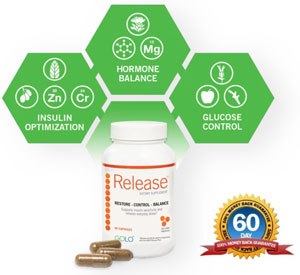Health
What are the benefits of cold showers?
Published
2 years agoon
By
mbkteam
Cold showers have gained significant popularity in recent years as a health trend and a wellness practice. Endorsed by celebrities, influencers, and athletes, these icy immersions promise many benefits, from boosting your immune system to improving mental health. But are these claims rooted in science, or are they another fad? This article dives deep into cold showers, exploring their potential health benefits, risks, and practical ways to integrate this practice into your daily routine.
The Science Behind Cold Showers
Cold showers, defined as any shower with a water temperature below 70°F (21°C), have been a staple in various cultures for centuries. Cold water immersion has historically been used to invigorate the body, enhance circulation, and promote recovery. Recent scientific studies have begun to validate these traditional beliefs, revealing various health benefits associated with regular exposure to cold water.
One of the primary benefits of cold showers is their ability to boost circulation. When you expose your body to cold water, your blood vessels constrict, shunting blood away from your extremities and towards your vital organs. This process, known as vasoconstriction, helps to supply your organs with oxygen-rich blood. Your blood vessels dilate once you leave the cold water, allowing nutrient-rich blood to flow back to your tissues. This cyclic process can improve overall circulation and reduce inflammation, making it particularly beneficial for individuals with conditions like arthritis or muscle soreness (Texas Health Resources).
Another significant benefit of cold showers is their impact on the immune system. Research indicates that cold water exposure can increase the production of white blood cells, which play a crucial role in fighting infections. A study even showed a 29% decrease in self-reported sick days after participants concluded their showers with a 30-90-second period of cold water for 30 consecutive days (Little Rock Cosmetic Surgery). Integrating cold showers into your daily routine could strengthen your immune response.
Mental Health Benefits
Cold showers enhance physical health and offer substantial mental health benefits. One of the most compelling arguments for cold showers is their ability to boost endorphin levels. Known as the “feel-good” hormones, endorphins can help alleviate symptoms of depression and anxiety. Exposure to cold water triggers the release of these neurochemicals, providing a natural and effective way to enhance your mood and improve mental clarity (Healthline).
Moreover, cold showers can stimulate the production of norepinephrine, a neurotransmitter that plays a key role in focus and attention. By increasing norepinephrine levels, cold showers can enhance cognitive function, making you more alert and attentive throughout the day. This is particularly beneficial for individuals who struggle with concentration or experience brain fog.
Physical Health Benefits
Beyond mental health, cold showers offer numerous physical health advantages. One of the most well-documented benefits is their ability to reduce muscle soreness and speed up recovery. Athletes often use ice baths and cold water immersion to decrease muscle inflammation and promote faster healing after intense workouts. The cold temperature helps to reduce lactic acid buildup in the muscles, alleviating soreness and preventing injury.
Cold showers can also improve skin and hair health. The cold water helps to tighten your pores and cuticles, reducing the risk of acne breakouts and promoting shinier, healthier hair. Additionally, cold showers can enhance the lymphatic system's function, aiding in removing toxins and waste from the body. This detoxifying effect contributes to overall well-being and can improve the appearance of your skin.
Potential Risks and Precautions
While cold showers offer numerous benefits, they are not without risks. It's crucial to approach this practice cautiously, especially if you have certain health conditions. Individuals with heart disease, Raynaud's syndrome, or skin reactions to cold temperatures should consult their healthcare provider before attempting cold water therapy (Little Rock Cosmetic Surgery).
One of the lesser-known risks associated with cold water immersion is non-freezing cold injury (NFCI). This condition occurs when the extremities are exposed to cold temperatures for extended periods, leading to nerve and blood vessel damage. Symptoms include persistent pain, altered sensation, and cold sensitivity, lasting for years. Limiting exposure time and avoiding prolonged immersion is essential to prevent NFCI (University of Portsmouth).
Another potential risk is the shock to the body caused by sudden exposure to cold water. This can lead to an increase in heart rate and blood pressure, which may be dangerous for individuals with cardiovascular issues. It's vital to listen to your body and ease into the practice gradually to avoid any adverse effects.
Practical Tips for Incorporating Cold Showers
Several practical approaches exist if you're interested in reaping the benefits of cold showers. It's important to ease into the practice and allow your body to adapt gradually. Here are some tips to help you incorporate cold showers into your daily routine safely:
- Warm-to-Cold Showers: Begin your shower with warm water and gradually lower the temperature until it becomes uncomfortably cold. Start with 30 seconds of cold water and slowly increase the duration. This method allows your body to acclimate to the freezing temperatures gradually.
- Cold Rinse: If you prefer a more gradual approach, start with a normal warm shower and end with a cold rinse. Begin by rinsing with cold water for 30 seconds and gradually extend the cold rinse as your body adapts. This method still provides many benefits without the initial shock of a full cold shower.
- Cold Plunge: For the more adventurous, consider taking a cold plunge. This involves immersing your entire body in cold water, such as a cold bath or a natural body of water. Aim for a water temperature between 50°F and 59°F (10°C to 15°C) and limit your immersion time to 10-15 minutes.
- Cold Showers: If you prefer to dive right in, start taking cold showers directly. Begin with a brief exposure of 30 seconds and gradually increase the duration as you become more comfortable. Remember to breathe deeply and stay relaxed during the shower to reduce discomfort.
- Safety Precautions: Always have someone nearby when taking cold showers, especially if you have underlying health conditions. Monitor your body's response and stop if you experience discomfort or adverse effects. After using cold water therapy, warm up your body slowly with a warm blanket, towel, or a light exercise to avoid sudden changes in blood flow.
The Bottom Line
Cold showers are more than just a trendy wellness practice; they offer many physical and mental health benefits. Cold showers can significantly improve your overall well-being, from boosting circulation and enhancing the immune system to improving mood and reducing muscle soreness. However, it's essential to approach this practice cautiously and gradually ease into it to avoid any risks.
If you're considering incorporating cold showers into your routine, start with a gradual approach and listen to your body. Remember that cold showers are not a replacement for professional medical treatment but can be a valuable addition to your wellness regimen. Understanding the science behind cold showers and following practical tips, you can experience their numerous benefits and take your health to new heights.
For more information, you can explore the detailed discussions on cold water therapy and the benefits of cold showers.













